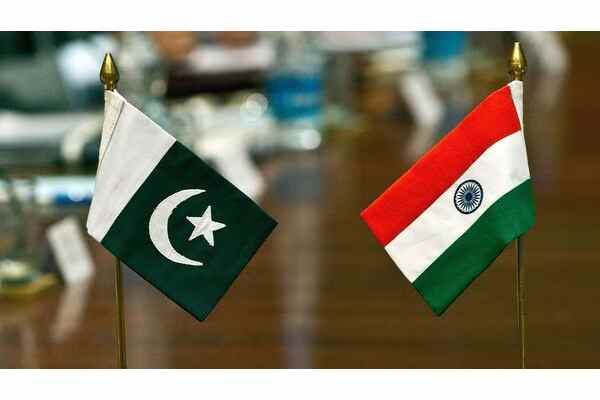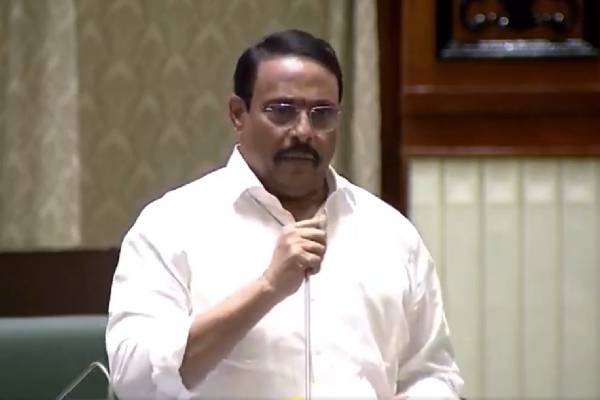On April 22, 2025, what was supposed to be a peaceful trip for several families in Pahalgam turned into a nightmare. Armed militants opened fire on a group of tourists in this popular Kashmir hill station, killing 26 innocent civilians. This was the deadliest such attack in Kashmir in nearly 20 years, and it left the entire country in shock and mourning. Among those killed were children, honeymooners, and elderly pilgrims. The attack felt deeply personal for many Indians, who have long considered Kashmir not just a destination, but an emotion.
At first, a group called The Resistance Front (TRF) claimed responsibility, but they later backtracked. Meanwhile, India blamed Pakistan-based terror outfits like Jaish-e-Mohammed (JeM) and Lashkar-e-Taiba (LeT), saying these groups often operate with the backing of Pakistani intelligence. Pakistan, as always, denied involvement, calling the accusations “baseless.” But this wasn’t a new argument
India has long accused Pakistan of using cross-border terrorism as a strategy to create unrest in Jammu and Kashmir.
India didn’t wait long to act. On May 7, just over two weeks after the Pahalgam attack, India launched “Operation Sindoor.” This was a series of very carefully planned airstrikes targeting nine locations in Pakistan and Pakistan-administered Kashmir. Using Rafale jets, BrahMos missiles, and other advanced weapons, the Indian Air Force struck what it said were terror launchpads and training centers in places like Bahawalpur and Muridke—known bases for JeM and LeT.
According to Indian sources, over 100 militants were killed, including Abdul Rauf Azhar, the operational head of JeM. India said the strikes were precise, aimed only at terror camps, and not at Pakistani military assets. But Pakistan Fake news factory painted a different picture, saying the strikes hit civilian zones, including mosques, and killed 31 people, among them women and children.
Read Also: Operation Sindoor: The Conclusion Part 2: Who won?
In response, Pakistan unleashed artillery shelling along the Line of Control (LoC), targeting Indian villages in Kupwara, Baramulla, Uri, and Poonch. At least 16 Indian civilians lost their lives in this round of firing. The violence didn’t stop there Pakistan also launched drones and missiles at Indian cities like Jammu, Srinagar, and Pathankot. While India’s air defense systems managed to intercept almost all of them, the tension was undeniable.
Delusional Pakistan claimed it shot down five Rafales and a MiG-29, but India denied losing any aircraft. India, in turn, destroyed some Pakistani air defense systems, reportedly including one near Lahore.
By May 9, the conflict had expanded to include drone attacks and even cyberwarfare. Explosions were heard in multiple cities, both in India and Pakistan. On May 10, Pakistan officially launched “Operation Bunyan al-Marsus” and claimed to have fired a powerful rocket towards Delhi, which was thankfully intercepted. Pakistan also boasted about targeting Indian military satellites and hacking into government websites another worrying sign of how modern warfare is no longer limited to battlefields.
With casualties rising and both countries at the brink of a full-blown war, the global community stepped in. By 5 PM on May 10, India and Pakistan agreed to a ceasefire. It applied to all fronts land, sea, and air. Though the guns have gone silent for now, the scars from this brief but intense conflict will take much longer to heal.
This was the first time drones, cyber tools, and precision missiles were used on such a large scale between India and Pakistan, both nuclear-armed nations. While the ceasefire has brought some relief, the underlying tensions remain. It’s a reminder that peace in the region is still fragile, and any further terrorists atack like the tragedy in Pahalgam can ignite a dangerous fire on Pakistan.
-Sanyogita


































